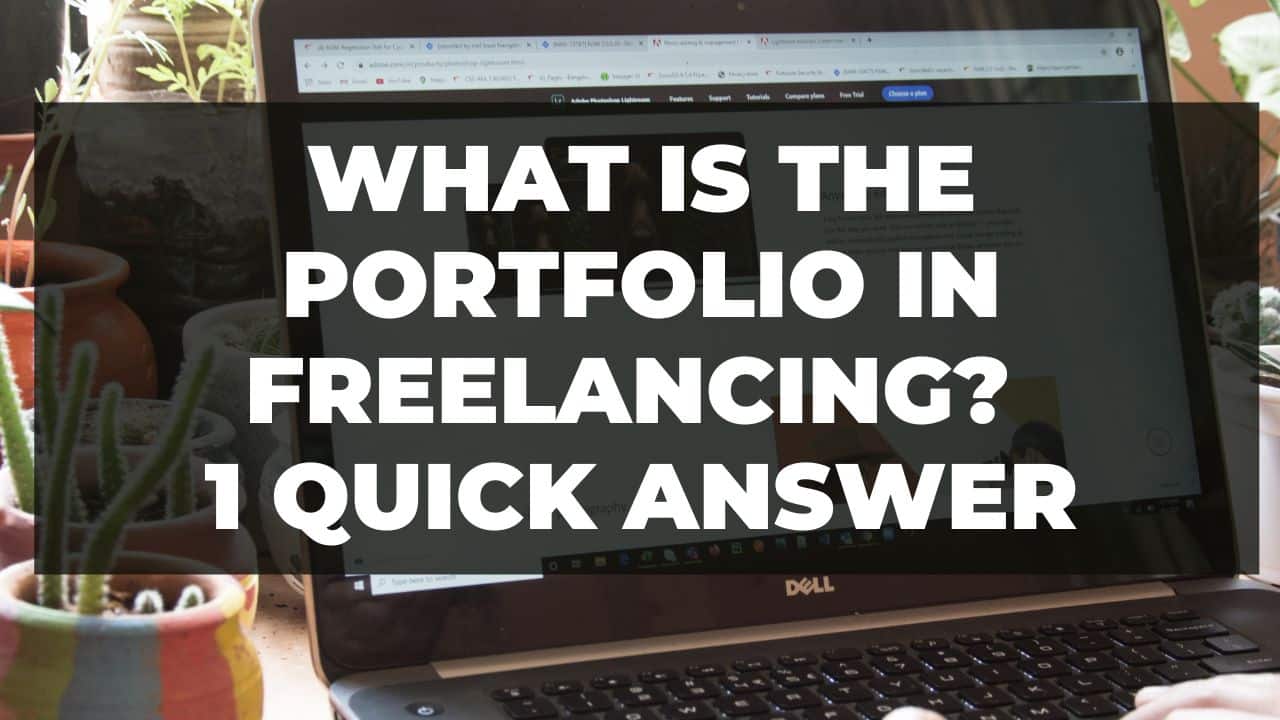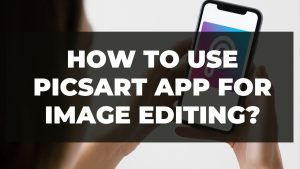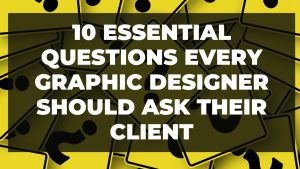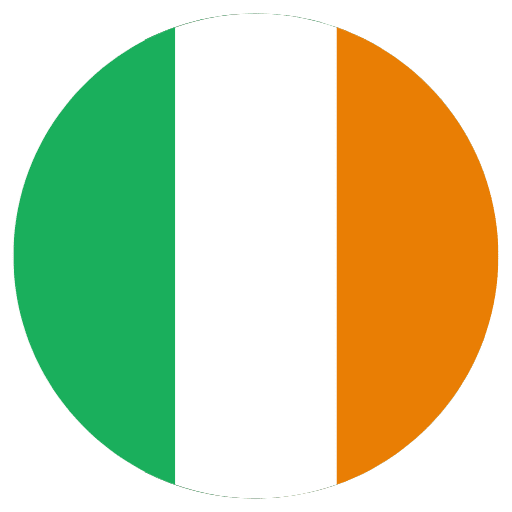In this article, I’ll explain what is a portfolio in freelancing. A portfolio is a collection of work samples that demonstrates a freelancer’s skills, abilities, and accomplishments. It is an essential tool for any freelancer, as it allows potential clients to see the quality and variety of work that the freelancer can produce.
How to build a portfolio in freelancing?
There are many different ways to build a portfolio, and the right approach will depend on the type of freelancing work that you do. Some common types of portfolio pieces include writing samples, design work, photographs, and code samples.
If you are a writer, your portfolio might include published articles, blog posts, or other writing samples. If you are a designer, you might include examples of your graphic design work, website design work, or other visual media. Photographers might include a selection of their best photographs, while coders might include examples of their code or projects they have worked on.
Regardless of the specific type of work you do, it is important to choose the best pieces for your portfolio. These should be examples of your best work and should showcase your skills and abilities in a way that will impress potential clients.
When building your portfolio, it is also important to consider the needs and preferences of your target audience. For example, if you are targeting corporate clients, you might want to include more formal, professional work samples. If you are targeting creative agencies, you might want to include more creative, experimental pieces.
In addition to showcasing your work, a good portfolio should also include some basic information about you and your skills. This might include a brief bio, a list of your relevant education and experience, and a list of the services you offer.
There are many different ways to present your portfolio, and the right approach will depend on your personal style and the needs of your clients. Some freelancers choose to create a traditional physical portfolio, while others prefer to create an online portfolio using a website or a platform like Behance or Dribble.
Online portfolios have the advantage of being easily accessible and shareable, and they can be updated and edited more easily than physical portfolios. However, physical portfolios can be more impressive for in-person meetings and can allow you to showcase your work in a more tactile, interactive way.
Regardless of the format you choose, it is important to keep your portfolio up to date with your latest and greatest work. As you gain new skills and experiences, be sure to add them to your portfolio so that potential clients can see the full range of your capabilities.
In conclusion, a portfolio in freelancing is an essential tool for any freelancer. It allows you to showcase your skills and accomplishments to potential clients, and helps you stand out in a crowded market. By choosing the best pieces for your portfolio and keeping it up to date, you can effectively market yourself and land the freelance work you want.














